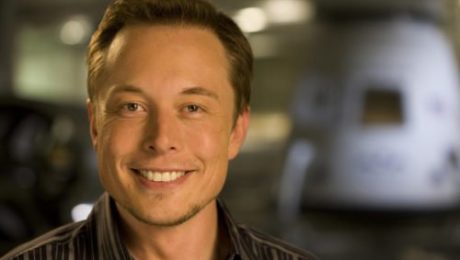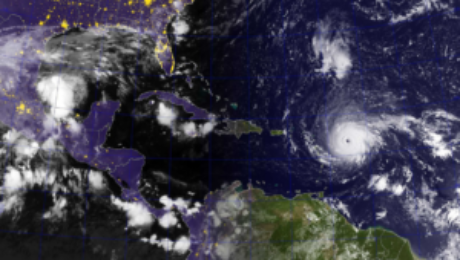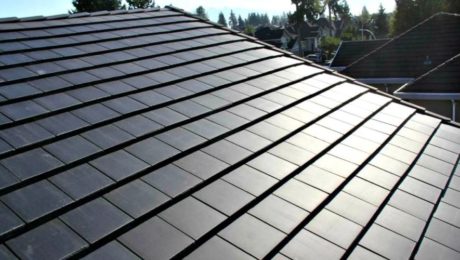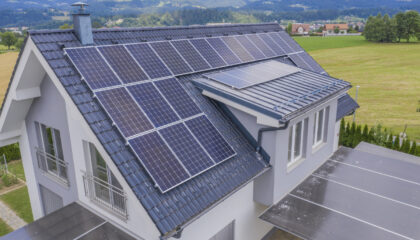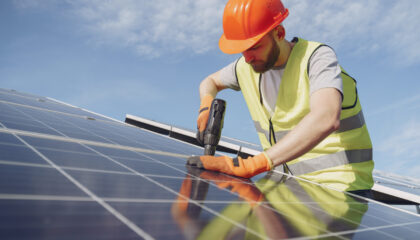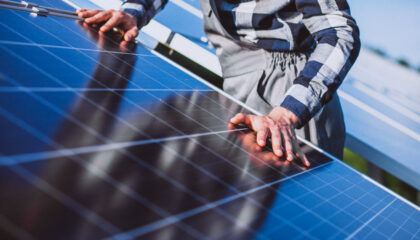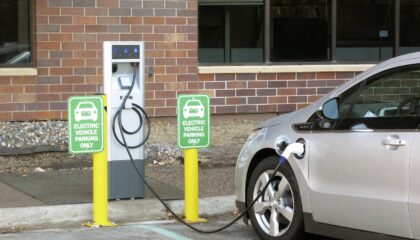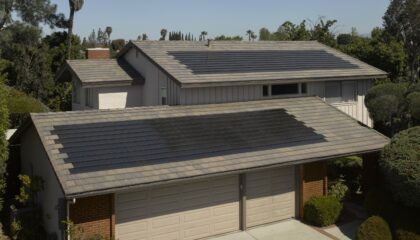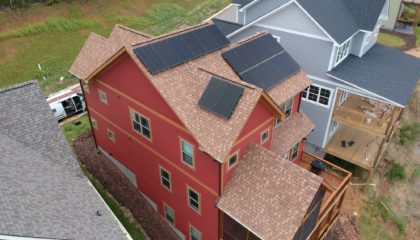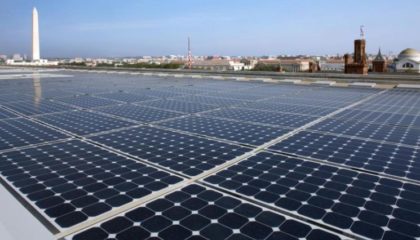Tesla Owner Putting His Money Where His Batteries Are
Microgrids are starting to come into their own, and Tesla Owner Elon Musk is drawing attention by claiming storage can fix energy problems around the globe.
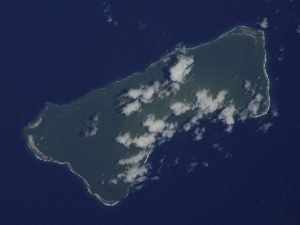
Ta’u Island is 100% solar thanks to Tesla storage batteries.
Microgrids helped small islands like Ta’u of American Samoa go completely solar. Off North Carolina’s coast, Ocracoke’s grid security was increased by a small solar microgrid. It will keep the island running along with a small diesel generator the island has had if the single transmission line from the mainland to the island is disrupted. Hawaiian island Kauai also discovered the beauty of microgrids with a solar+storage system, the island was able to go off fossil fuels altogether.
Islands are so interested in microgrids because shipping fossil fuels makes energy production more expensive than it is on continental America or other mainland countries. Many islands have jumped on the bandwagon, reducing or erasing fossil fuel use for each island.
Tesla started the year by increasing production of the new storage batteries, causing the prices to drop more than they already were. As microgrids have become more affordable, they have become a viable option for communities and municipalities.
With his factory pumping out batteries, Musk is making sure people know his product can do what fossil fuel energy plants cannot. In March, he told Australia his batteries could solve the rolling blackout issues in South Australia after a gas shortage and storms disrupting transmission and closing wind farms and power plants in 100 days. Australia took Musk up on his bet, and Tesla is currently ahead of schedule on the 100 day deadline.
Musk was so confident in part because Tesla had built a smaller battery storage system for California in three months in late 2016.
Tesla is not the only one bringing renewables to places in need. Australian company ZEN Energy proposed another project for Australia when rolling blackouts hit a city after a heatwave. Several companies and wealthy environmentalists have been making sure islands have a variety of energy options.
Plans for microgrids are being put into place for facilities like correctional facilities and hospitals where backup for power outages are vital. Microgrids are currently being set up in Puerto Rico to put hospitals back in business.
Beyond relief, Musk, in response to a tweet, claimed Tesla solar+storage systems could be the answer for Puerto Rico as the territory recovers and decides how to increase its grid security. The governor seemed to like the idea, so who knows what is in store for solar and microgrids in the upcoming year. As long as Tesla and other solar companies rise to solve energy crises, there will be evidence that solar can do what fossil fuels cannot.
- Published in Solar News, Solar Technology
Irma Can’t Stop Solar
Irma brought down energy infrastructure as she blew through state after state. The Carolinas lucked out compared to Florida. While Duke restored power to the tens of thousands of Carolinians without in a matter of days, Floridians who call the Keys home expected to be without power for weeks.
Of the millions without power in Florida after Irma, there were reports of one man who managed to keep the lights on. He was able to do so with the help of a solar array and a storage battery.
A combination of an array and battery creates a microgrid, a system consisting of generation and storage. With such a system, individuals use a utility company’s generation as backup when their system is not sufficient. Microgrids producing enough energy allows an individual to operate when a utilities company is down for the count.
Of course, if solar arrays are broken, ripped off a roof, or covered in snow, the microgrid no longer receives power. However, a backup plan to municipal utilities could always come in handy.
The Floridian was able to power part of his house, including air conditioning and his refrigerator. Whether looking for some extra security or preparing for the apocalypse, a microgrid rises to the occasion. With such a system, lives could even be saved as air conditioning or heat is kept on and perishable food is kept cold. Some of the crises we saw
Consider the possibilities of not being dependent on municipalities.
- Published in Solar Technology
Tesla Solar Roof Tiles: Customer and Installer Perspective
As solar installers, we’re often asked about the Tesla Solar Roof Tiles. Though aesthetically pleasing on a home, it is not affordable to the average homeowner. Today’s blog is by Spice Solar, our first guest blogger, where they addresses the pros and cons to the Tesla roof tile.
Spice Solar’s Blog and Podcast on Tesla Solar Roof Tiles
Click HERE to listen to the full podcast
There’s no doubt in my mind that the home of the future will be solar powered. Intuitively it would be great if the roofing material provided that solar power. But historically it’s been a challenge to combine efficient solar cells with a durable roofing material at an affordable price. Tesla’s new solar roof tiles hope to solve these challenges.
Without a doubt Tesla’s solar tiles are the best looking solar roofing products I have seen. Using Tesla’s solar roof calculator and information for a 2,000 square foot home in California with a 2,500 square foot roof and $200 monthly electric bill, here is how their roofing tiles compare to an ordinary rooftop solar panel installation:
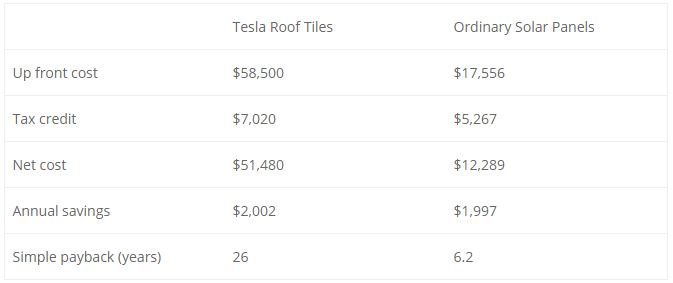
Of course I expect the cost for Tesla roof tile installations to come down in the future, so their economics are likely to improve. Nevertheless, at these high prices it is clear to me that Tesla really has a product that only makes sense for new construction on high end homes. For the average homeowner considering solar, by far the best choice is a traditional rooftop solar power system. For more about Tesla’s solar roof tiles, Listen Up to this week’s Energy Show on Renewable Energy World.
- Published in Solar Technology, Tesla Solar Tiles
- 1
- 2

